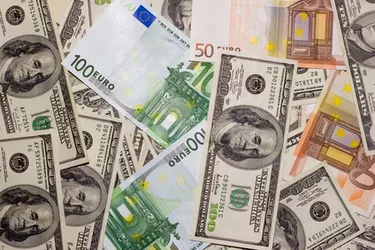
Interest is the amount of money paid to you by a bank or financial institution based on the amount of money you invest with them. Conversely, it is also the amount of money you pay to borrow from them, but this article focuses on investing and not borrowing.
Interest
Video of the Day
Interest is the amount charged for the use of money. For practical purposes, when you invest money with a bank (for example, in a savings account), you are lending that bank money. For this, the bank will pay you a percentage of the amount you have invested with them.
Video of the Day
Simple Interest
The original amount of your investment is called the principal. With simple interest, any interest payments would be made to you and would not be added to the principal amount. If, for example, you invested $1,000 in a savings account that paid a simple interest of five percent annually, at the end of one year you would receive $50. If you never invested any more in that account, you would always receive $50 at the end of the year.
Compound Interest
With compounding interest, your interest payments are added to your principal amount. This means every time you receive an interest payment, your principal amount becomes larger. Your bank can calculate interest daily, monthly, quarterly or annually, depending on their policy.
Compounded Daily
For example, imagine you have invested your $1,000 in a savings account that is going to pay you an annual percentage rate of five percent compounded daily. What does this mean? It means you will be paid interest every day instead of only once per year. Don't get too excited, though, because you won't be paid five percent everyday on your money. Instead, the annual percentage rate is divided by the number of pay periods. That gives you five percent/365 = .013, which is .0013 percent. At the end of 10 years, your new principal balance would be $1,648.66.
Compounded Annually
With annual compounding, interest is paid every 12 months. This makes for a straightforward calculation. At the end of year one for your $1,000, you are paid $50. $1,000 x .05 = $50. This gives you a new principal of $1,050. At the end of year two, for your $1,050, you are paid $52.50. At the end of a 10-year period, your new principal balance would be $1,628.29.